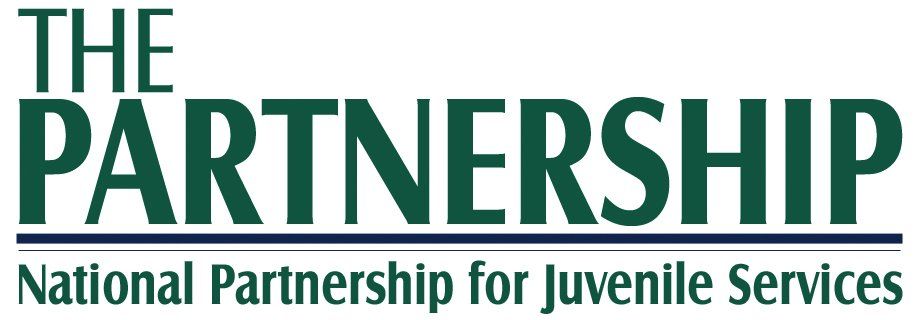Open Access
Training on brain injury for juvenile justice professionals: Findings from pre- and post-training surveys and focus groups
a Department of Communication Sciences and Disorders, University of Maine
b Department of Psychological Sciences, Case Western Reserve University
ABSTRACT
Despite the need for improved knowledge and skill, little peer-reviewed research evidence exists to support the design, implementation, and effectiveness of brain injury training specifically in the justice system. The present study sought to build upon the findings from Riccardi et al. (2022) to design, conduct, and evaluate a pilot training on brain injury for juvenile justice professionals. Juvenile court professionals completed pre- and post-training focus group interviews (n = 5) and surveys (N = 28). Focus group participants’ responses were grouped into various themes related to perspectives on brain injury and training preferences, including current challenges, content needs, methods desired, most helpful content and methods, professional changes since training, and suggested modifications to the training. Average knowledge and confidence scores improved significantly from pre- to post- training with large effect sizes. The preliminary findings of this research study may be used to support change in training practices and administrative procedures, as well as support the need for continued research in brain injury in JIYs.
KEYWORDS: training, brain injury, justice, probation, youth
Received February 2023; Accepted July 2023; Published August 2023 DOI: 10.52935/23.1893.8
INTRODUCTION
Justice-involved youth (JIYs) are significantly more likely to have experienced multiple brain injuries compared to youth not involved in the justice system (Farrer et al., 2013). Although estimates vary, it is likely that upwards of 70% of JIY have a history of at least one brain injury (Durand et al., 2017; Farrer & Hedges, 2011; Hughes et al., 2015; Shiroma et al., 2010; Williams et al., 2010). The cognitive and behavioral symptoms associated with childhood brain injury, including difficulties with attention, problem solving, and self-regulation, are known to increase the risk for involvement with the justice system (Vaughn et al., 2014), as well as pose challenges for successful engagement with that system (e.g., probation, detention; Nagele et al., 2021). Despite the high prevalence of brain injury in and known negative consequences for JIYs, brain injury is often under-diagnosed and misunderstood within the justice system (Dams-O’Connor et al., 2014; Nagele et al., 2021).
Previous studies have highlighted the high rates of misconceptions about brain injuries in professionals serving children (Linden et al., 2013; Yuhasz, 2013), JIYs (Riccardi et al., 2022), and adult offender groups (McMillan, 2022; O’Rourke et al., 2018; Yuhasz, 2013). Professionals working with JIYs demonstrate relatively strong foundational know-ledge about brain injury (e.g., negative impacts of mild brain injuries), but have higher rates of misunderstanding of concepts particularly important for JIYs (e.g., compounding effects of repeated brain injuries; memory and behavior challenges associated with brain injury; McMillan, 2022; Riccardi et al., 2022). Knowledge appears to vary independent of most professionals’ characteristics (e.g., years of experience, job category; McMillan, 2022; Riccardi et al., 2022). Consistent misconceptions about brain injury with low rates of brain injury-related training provide a starting point for education of juvenile justice professionals to increase their understanding of brain injury specific to JIYs (Riccardi et al., 2022).
In identifying areas of focus to better address brain injuries in the juvenile justice system, the National Conference of State Legislatures recommended “education and training of the workforce within the juvenile justice system to better understand the effects of traumatic brain injury” (Teigen & Goodwin, 2019, p. 8). Education and training on brain injury has been shown to increase both knowledge and knowledge application for non-brain injury specialists (e.g., paraprofessionals working with individuals with brain injury) in real-world settings (e.g., schools and community rehab-ilitation; McCart et al., 2020; Powell et al., 2021).
Despite the need for improved knowledge and skill, little peer-reviewed research evidence exists to support the design, implementation, and effectiveness of brain injury training specifically in the justice system. Although training and education is expected to improve the identification of, treatment of, and outcomes related to brain injury in JIYs (McMillan, 2022; Nkoana et al., 2020; Riccardi et al., 2022; Teigen & Goodwin, 2019), empirical evidence is needed to identify training components that are acceptable and feasible to improve long-term practices, policies, and outcomes. Further, given that professional competence is related to both knowledge and confidence (Kim et al., 2020), evaluations of trainings need to include analysis of both provider knowledge and confidence to understand how trainings may impact professional practice.
The present study sought to build upon the findings from Riccardi et al. (2022) to design, conduct, and evaluate a pilot training on brain injury for juvenile justice professionals. The primary aim of this pilot study was to understand court professionals' knowledge, confidence, and interest in brain injury before and after training. The secondary aim of this pilot study was to use pre- and post-training focus group participation to investigate court professionals' 1) perspectives on brain injury and 2) training preferences.
METHODS
To continue reading, download the full open access article.

